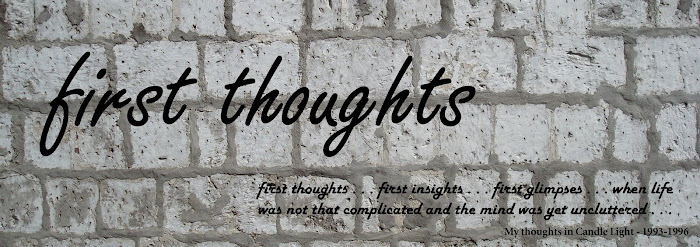“Authentic peace
is only possible if the dignity of the human person is promoted at every level
of society, and every individual is given the chance to live in accordance with
his dignity. To teach people this truth
is one of the most fruitful and lasting ways to affirm the value of peace.”
How far from
relate this truth is today! In many
areas in our world, war, bloodshed and injustices are the common fare of the
people. In our midst, bank robberies,
murder and rape cases scream in the headlines.
In our home infidelity, abandonment, cruelty and violence persists. Reaching intolerable proportions, the pope in
his message is calling all to renew their commitment to work for peace!
